Dearest reader, you patient soul!
Once again my newsletter comes late and I come laden with excuses. Surrounded by people and books and organisations who want to teach me how to schedule my chaos, how to order my day and stick to a routine, I have tried many different ways to become “better” but… In truth, that which my heart most desires does not comfortably allow me to maintain rigid structures, and I hope I might, at last, and slowly, be learning that it’s actually OK to be a little chaotic and irregular, to not be someone else’s version of “better”. And, if not, well, take me as I come. I hope you enjoy reading anyway (NB there’s a great recipe for Peberkager - Danish spicy biscuits - at the end).
Since our paths last crossed, many versions of this letter have been drafted in my head, as I walked the tip path, enjoying early November mornings. Late autumn sun hanging low in the sky, a glowing ball of fire, blinding on the way out, illuminating my return. Greys and browns and that particularly wintery green of frosted grass, blades protruding upwards, glittering, pretty. My heart most desires the freedom to get out and enjoy being in nature, even in the most simple way, walking across the fields and around the beloved pond. And also, a happy and healthy family, a rich and biodiverse environment - and the chance (and choice) to live my best creative life. I don’t ask much…

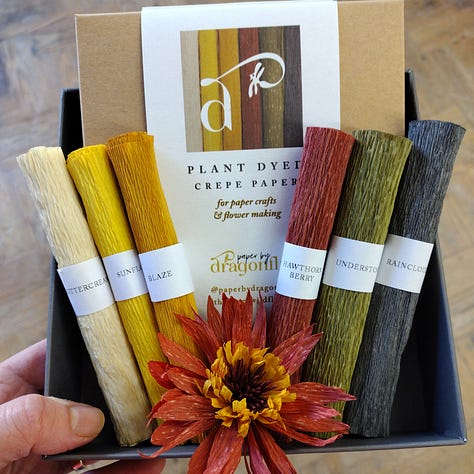
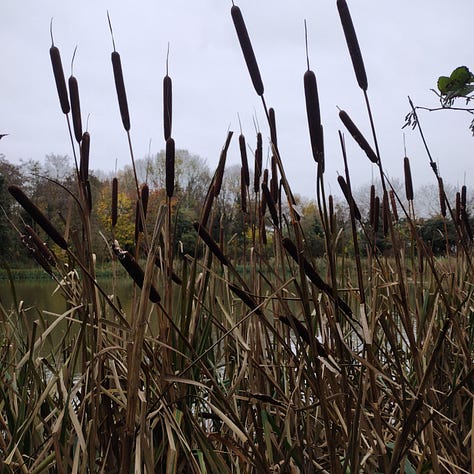
And then suddenly, December arrives, changing my focus. This last week has been dominated with deadlines - hence the tardiness. Christmas fairs, advent calenders, a tree to decorate, biscuits to bake, presents to organise. Hygge1 to create, in time for the holidays. The week just gone saw the last of my Autumn evening classes, working on paper poinsettias and somehow managing to deliver on a promise of peberkager2, spicy Danish biscuits, essential for hygge at this time of year. These classes have been a balm for both students and tutor, a couple of hours once a week to get lost in the joy of creation as we bring forth flowers from scraps of paper and lengths of wire. It truly is a magical process, and the atmosphere of utter absorption in the moment brings happiness.
Somehow I managed to conjure the Paper Wildflower kits I had been imagining for months. See, I comfortably teach in person through words and demonstration. Each of these flowers, chosen them for their simplicity and elegance, I have taught many times and yet conveying the process in written form presents a challenge. I am curious to see how they are received.
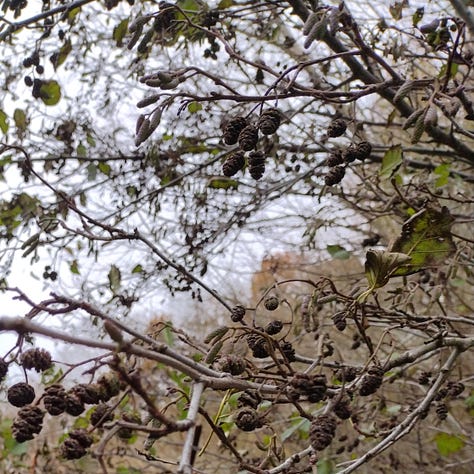
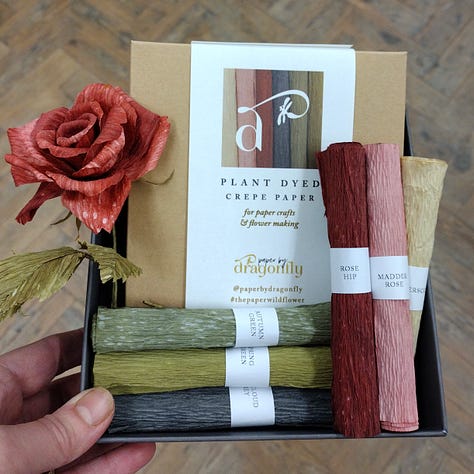
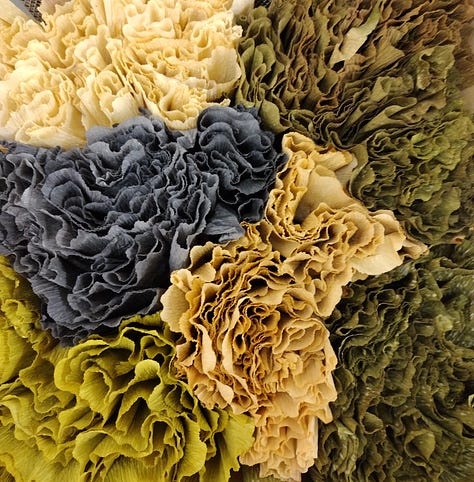
Additional inspiration arrived late, in the form of a wicked little (flower) fairy nudging me to rustle up some sets of naturally dyed crepe. Taken with an idea, I am quite capable of making it happen, so over the course of the week I produced five sets of plant dyed crepe - strictly limited edition. Every dye bath is different and I’m happy to report success this week. I dyed with foraged alder cones from a cut back tree next to the pond, dried madder root and scavenged onion skins. Playing with names for colours is an enjoyable pastime, my only regret is not calling the white-flecked green pictured above ‘November’. There’s always next time.
Spending much of my time alone, and thinking, I find myself constantly circling back to the ‘why’ - above all things, encouraging a connection to nature. A recent article caught my eye The nature cure: how time outdoors transforms our memory, imagination and logic in which new technologies, developed to better try and understand the positive effects that ‘being in nature’ has on the human brain, are described. Reading the comments (I always do), I was clearly not alone in wondering just exactly why the constant need for scientific validation of positive experiences in nature? The same theme ran through my current reading matter ‘In a Patch of Fireweed” (Bernd Heinrich), in which the author writes utterly engagingly, not only about his childhood experience of living in the forest (hiding out with his family during WW2) but also his many and varied adventures as an adult, as a specimen collector (mostly birds and ichneumon wasps) and a natural scientist. Heinrich combines his innate empathy for and connection to nature with the technical knowledge he has accumulated over a lengthy career as a highly qualified naturalist. I find myself savouring his writing the same way I enjoy reading the wonderful Braiding Sweetgrass by Robin Wall Kimmerer - like eating exquisite chocolate cake. Kimmerer, like Heinrich, combines a scientific background with a deep connection to nature. Both highly recommended, and both good books to dip into, one morsel at a time.
Have you discovered great nature writing you would recommend? I’d love to know! Please do send me a comment. I always have space on top of the stack for more books.
Until then, with love as always, Ling
PRACTICAL STUFF:
I’ll be at Williamson Art Gallery for the ‘Cool Yule’ event tomorrow 5th December from 3pm - 7. Craft kits and crepe paper sets on my stall, and lots of other eco-craft vendors too!
Evening Classes: Make flowers and make friends! Th Spring Series starts on Tuesday 30th January - we’ll be learning all the basic techniques for paper flower crafting with favourite flowers like poppies and lilies, as well as seasonal classics like tulips and daffodils…and lots of foliage. Always lots of foliage! Adding foliage to your floral arrangements is like framing a picture, completing and complementing your work.
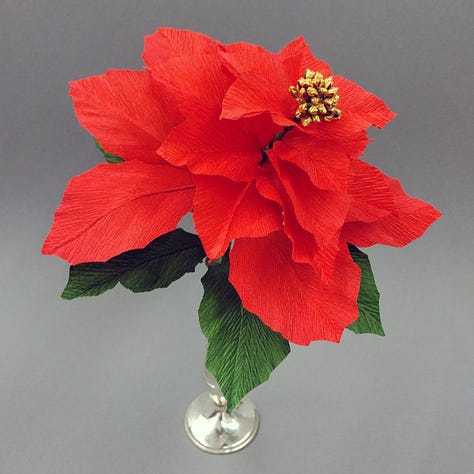

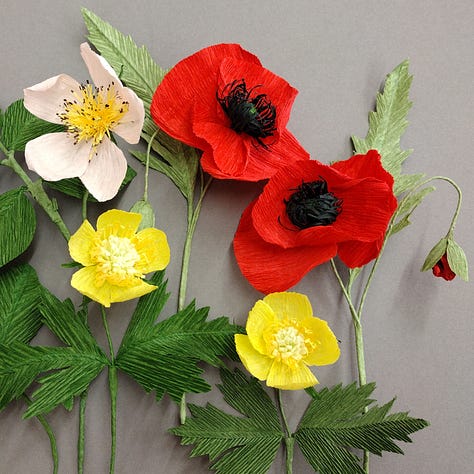
Finally, there are two classes coming in March, English Garden Roses and Paper Bomb Peonies. Both classes are available to book as ‘buy one get one half price’ - a perfect Christmas present - an experience with a friend and come away with a beautiful flower! Book here….
“Hygge” - an untranslatable aspect of Danish-ness. Hygge is an atmosphere which can be created from nothing if the right energy is present. Hygge is not exclusively for Christmas, summer time hygge is always a wonderful thing, but somehow the combination of cinnamon, dusk and hot chocolate always manage to weave hygge effortlessly.
Simple Peberkager: Take 175g sugar and melt over heat in 1/2 cup of water. Take off the heat. Stir in 150g butter and 75g golden syrup, let it melt. Add 1tsp cinnamon, 1tsp ground cardamom, 1tsp white pepper, 1tsp ground ginger, 1/2 tsp cloves, 1/2 tsp allspice and mix well. Mix 1tsp bicarbonate of soda with 350g plain flour, and mix the dry goods thoroughly into the sugar, syrup and spice mix. Dust a bowl with flour and put the mix into it, cover with clingfilm and put in the fridge for a couple of hours. Take the chilled mix out of the fridge, turn out of the bowl and knead the dough it’s smooth. Divide into 3 or 4 smaller portions and roll out on a floured surface (to 2 - 3mm). Use lots of different cookie cutters to cut out your biscuits. Bake approx 8m at 180g (adjust according to your oven, they’re all different). Can be decorated with icing sugar but prefer them plain.





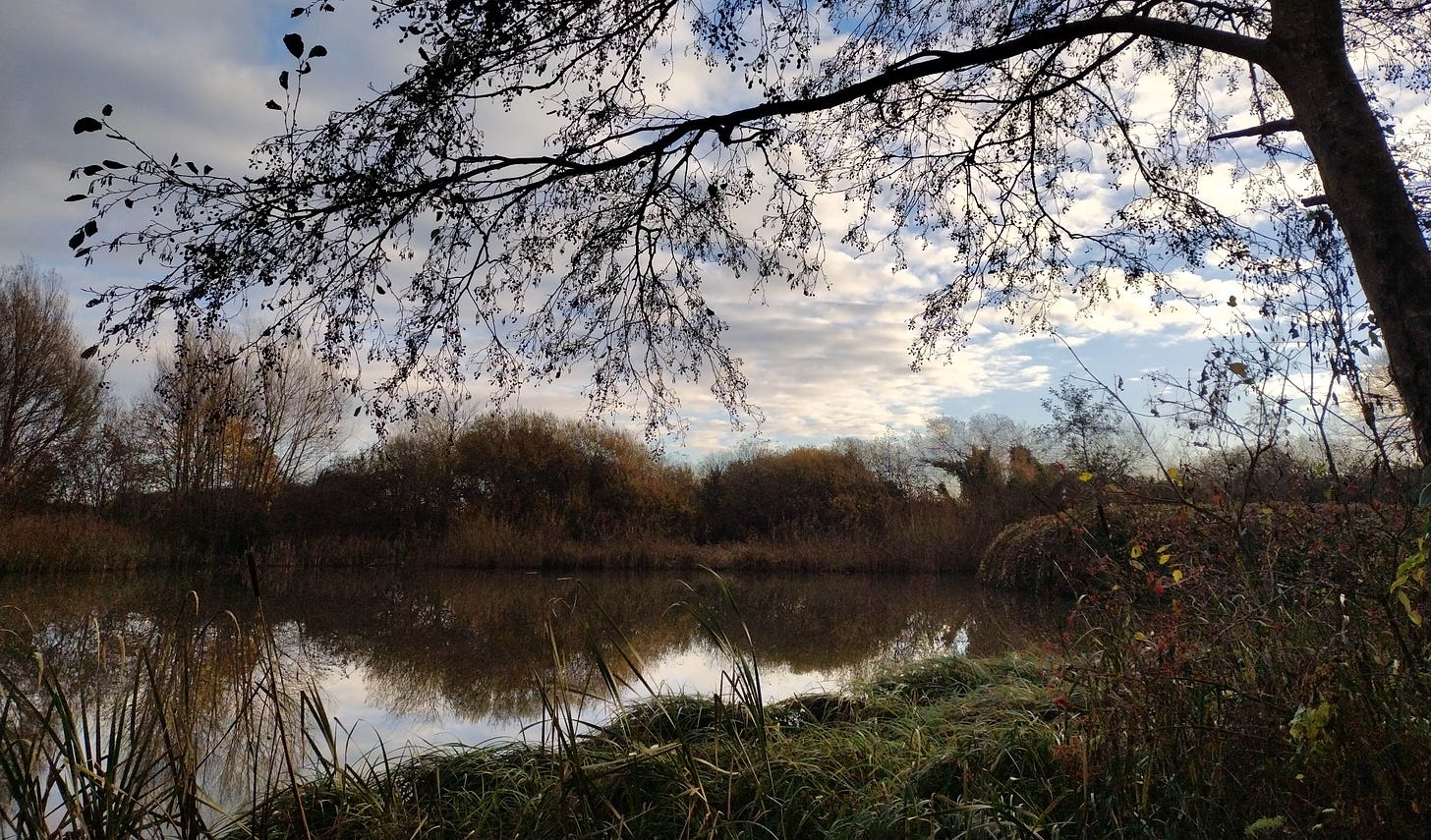
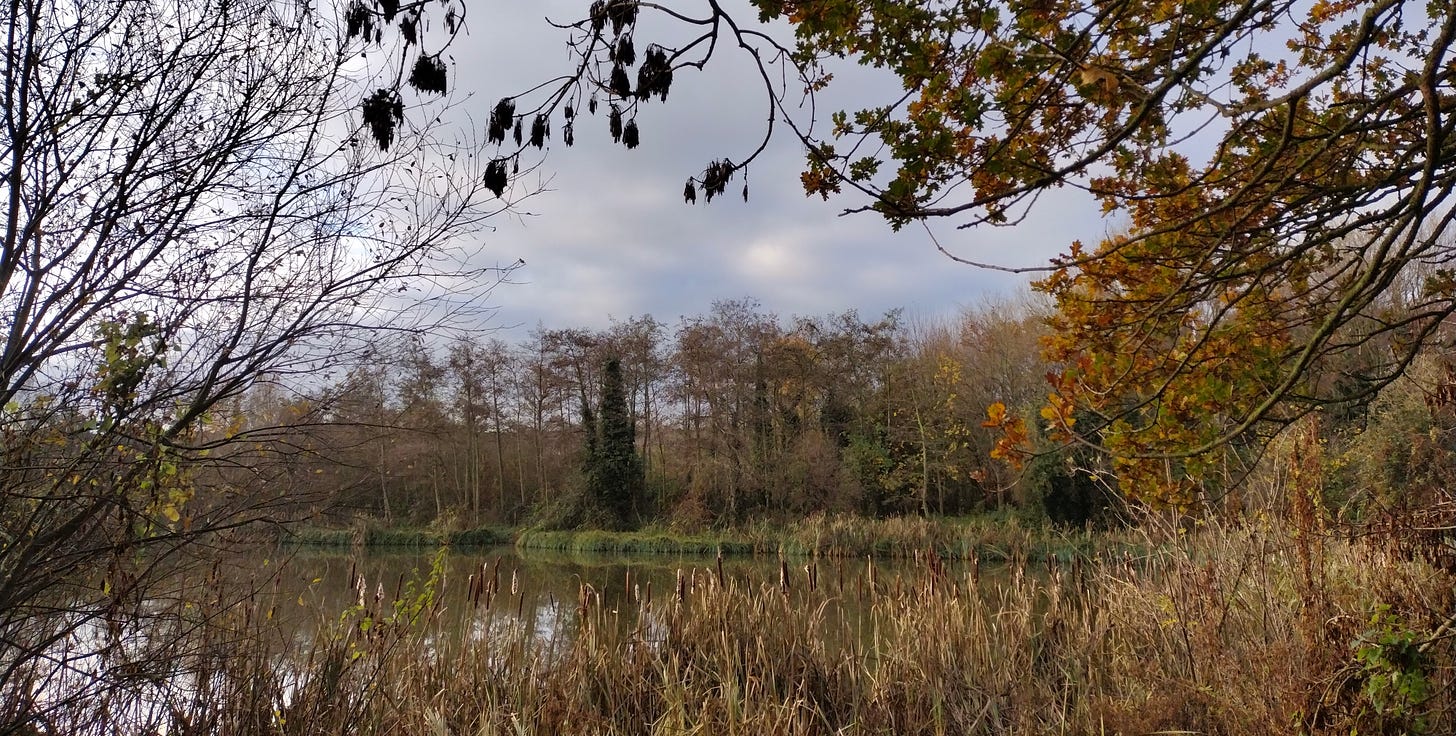
Braiding Sweetgrass is such a wonderful book to read and reread! I love returning to it whenever I need to remember my values, our connection to nature, why I do what I do. I've been reading Kimmerer's first book of essays, Gathering Moss, and I'm enjoying it just as much. Now I'm looking at moss in an entirely new way!
Lovely letter Ling. As always, I enjoy your nature based musings very much. xx